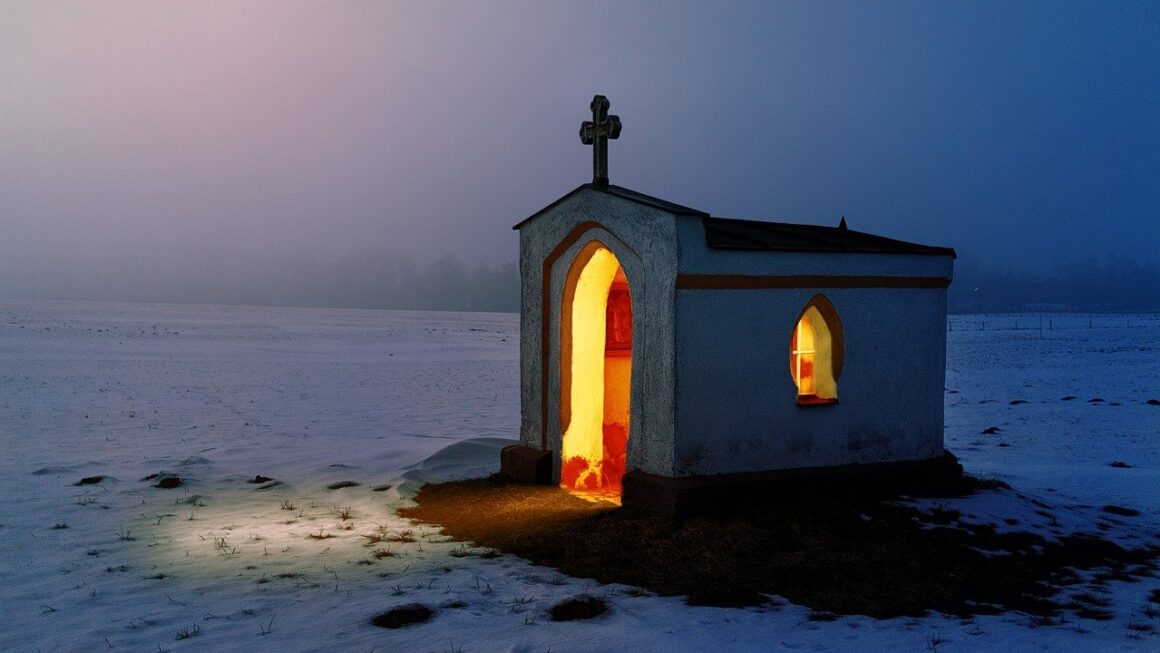Exploring the Rich Tapestry of Christian Denominations
In today’s diverse religious landscape, Christianity stands as one of the most prominent and widespread faiths worldwide. However, within Christianity, there exists a multitude of denominations, each with its unique set of beliefs, practices, and interpretations of the Christian faith. Understanding these denominations is essential for anyone seeking to grasp the rich tapestry of Christianity and its various expressions. In this comprehensive guide, we will explore different Christian denominations, shedding light on their core tenets, rituals, and doctrinal distinctions.
1. Roman Catholic Church
Central to Catholicism is the belief in the authority of the Pope, who serves as the spiritual leader of the Church and the successor to Saint Peter. Catholics adhere to the doctrines outlined in the Nicene Creed and participate in sacraments such as baptism, confirmation, and the Eucharist (Holy Communion). The Catholic Church places a strong emphasis on tradition, with rituals and liturgical practices playing a vital role in worship.
2. Protestantism
Protestantism emerged as a distinct movement within Christianity during the 16th century Reformation, challenging certain practices and teachings of the Roman Catholic Church. Protestants reject the authority of the Pope and emphasize the primacy of scripture (Sola Scriptura) in matters of faith and doctrine. Protestant denominations encompass a wide spectrum of beliefs, ranging from Lutheranism and Calvinism to Anglicanism and Methodism. While each Protestant denomination has its theological distinctives, they share commonalities such as the belief in salvation by faith alone and the priesthood of all believers.
3. Eastern Orthodoxy
Eastern Orthodoxy represents the Christian traditions of the Eastern Mediterranean and Balkans, including the Greek Orthodox Church, Russian Orthodox Church, and others. Orthodox Christianity places a strong emphasis on the unity of faith, worship, and doctrine, guided by the teachings of the early Church Fathers. Iconography, liturgical worship, and mysticism are integral aspects of Orthodox spirituality. The cross with a circle is a symbol of the Eastern Orthodox faith, representing the crucifixion of Jesus Christ.
4. Anglicanism
Anglicanism, also known as the Church of England, emerged from the English Reformation and retains elements of both Catholicism and Protestantism. Anglicans acknowledge the authority of the monarch as the supreme governor of the Church, with the Archbishop of Canterbury serving as the spiritual head. Anglican worship combines liturgical elements with flexibility, allowing for diverse expressions of faith within the denomination. The Book of Common Prayer and the Thirty-Nine Articles of Religion serve as foundational texts for Anglican theology and practice.
In conclusion, the landscape of Christianity is rich and diverse, encompassing a multitude of denominations with unique beliefs, practices, and traditions. Whether one identifies as Catholic, Protestant, Orthodox, or Anglican, each denomination contributes to the vibrant tapestry of Christian faith and spirituality. While doctrinal differences may exist, Christians are united by their common devotion to Jesus Christ and the Gospel message. By understanding and appreciating the diversity within Christianity, we can foster greater unity and dialogue among believers of all denominations.




